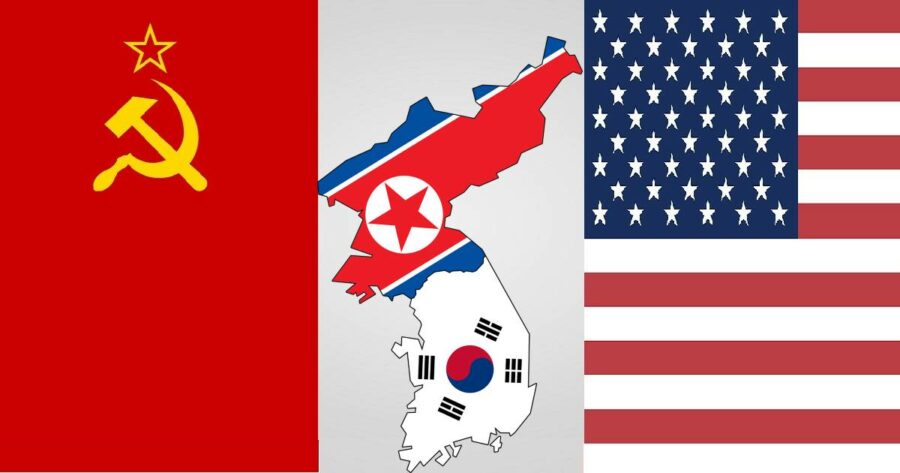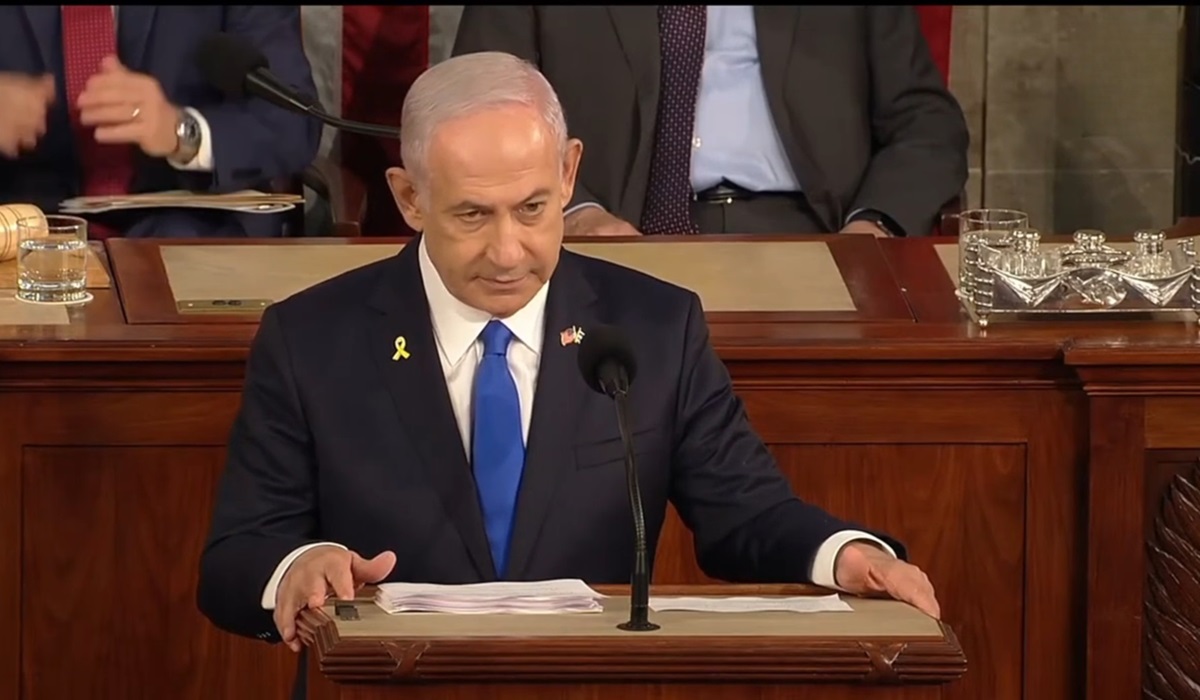Korea was divided into North and South after the end of World War II in 1945. At the time, the Korean peninsula was under Japanese rule, and when Japan surrendered to the Allied Powers, the peninsula was divided into two occupation zones. The Soviet Union occupied the northern part of the peninsula, while the United States occupied the south.
The division of the peninsula was initially intended to be temporary, and the goal was to eventually hold elections and reunify the country. However, tensions between the Soviet Union and the United States, as well as the divergent political systems and ideologies that developed in the two halves of the peninsula, made it difficult to achieve reunification. In 1948, the Soviet Union and the United States withdrew their military forces from Korea, and the two halves of the peninsula became two separate and independent countries: the Democratic People’s Republic of Korea (North Korea) and the Republic of Korea (South Korea).
The two Koreas are separated by The demilitarized zone (DMZ), a strip of land that runs along the border between North and South Korea. It was established as a buffer zone after the Korean War in 1948 in order to prevent further conflict and to create a space for negotiations and reconciliation. The DMZ is approximately 250 kilometres long and 4 kilometres wide, and it is guarded by both North and South Korean military forces.
Despite the establishment of the DMZ, the Korean peninsula remains divided, and tensions between North and South Korea have persisted. The two countries have different political systems and ideologies, and relations between them have been marked by distrust and hostility.
Over the years, there have been various efforts to promote reconciliation and cooperation between North and South Korea, including negotiations, economic exchanges, and cultural exchanges. However, these efforts have been met with mixed results, and the Korean peninsula remains divided.
A reunification of the Korean peninsula would likely require significant political, economic, and social changes in both North and South Korea, and it would also require the support and cooperation of the international community. By working together and taking a respectful and inclusive approach, it may be possible to build a brighter future for the Korean peninsula and to achieve a united Korea under a single leader.









